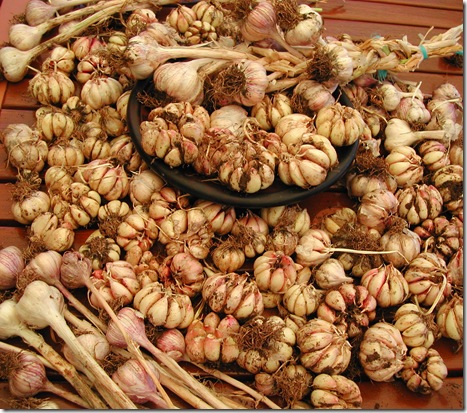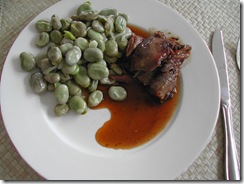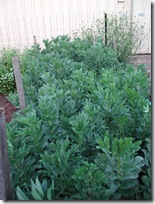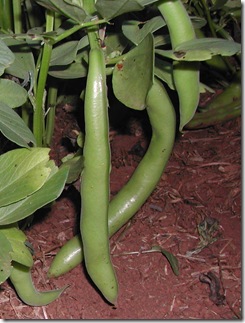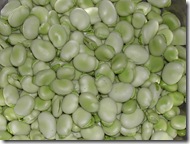If I had only a small patch of soil to grow things in, I’d grow garlic!
Measured by weight, good quality garlic (as distinct from the tasteless white imported garlic) costs more than the best fillet steak, clocking in at over $30/kg at certain times of the year.
Yet once a gardener can manage to surreptitiously lift a few bulbs of garlic from the cook’s precious horde, one can double or triple that weight each year while still retaining enough of the very largest and best-formed bulbs to grow on in the following winter and spring.
Garlic grows easily on the Adelaide Plains, often without the benefit of much irrigation, as it does most of its growing through the winter and spring rainfall periods.
Garlic is typically planted on the shortest day of the year (21st June) and harvested when the foliage has died back on the longest day of the year (21st December). It stores well for about six months if hung in a dry cool and dark place.
Six months ago, I started with a dish of 16 bulbs (link here, scroll down), splitting them into about ten cloves each, where each clove develops into a whole new bulb. I estimate that I’ve harvested about 200 bulbs from that initial batch, though my stock has already been depleted; a small bag of garlic makes a wonderful Christmas gift from gardeners to cooks.

